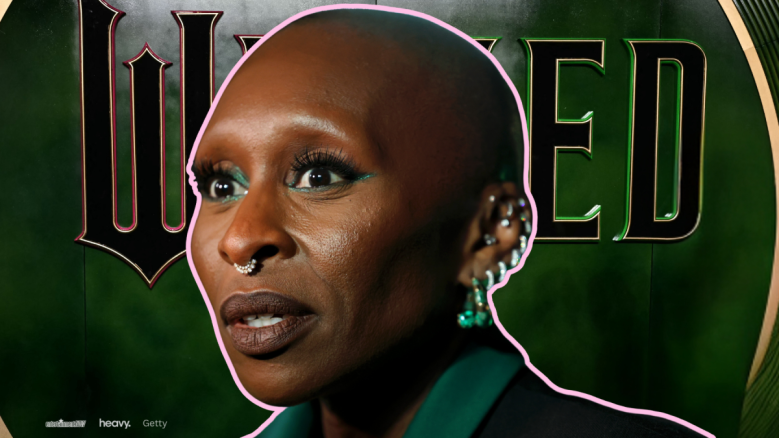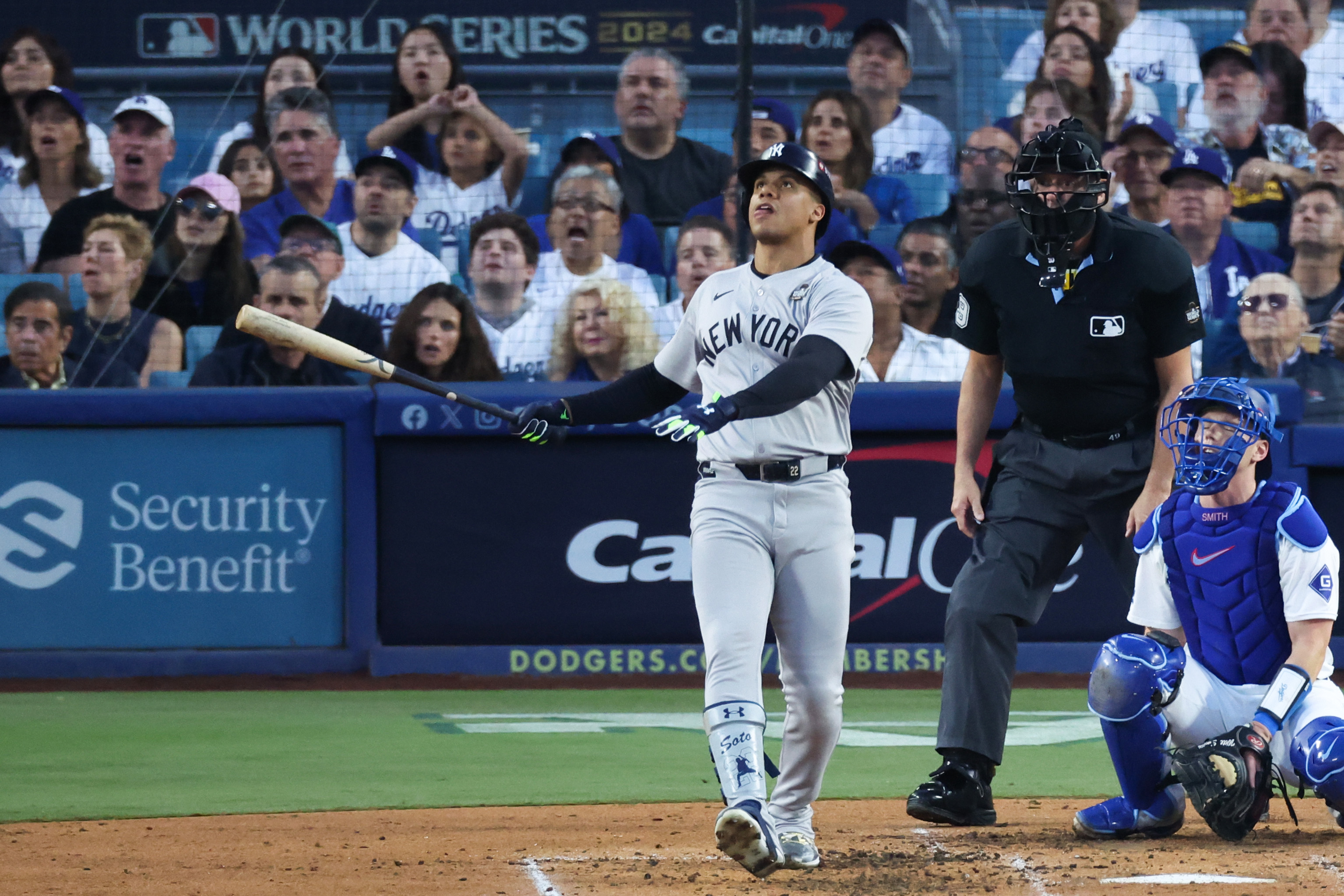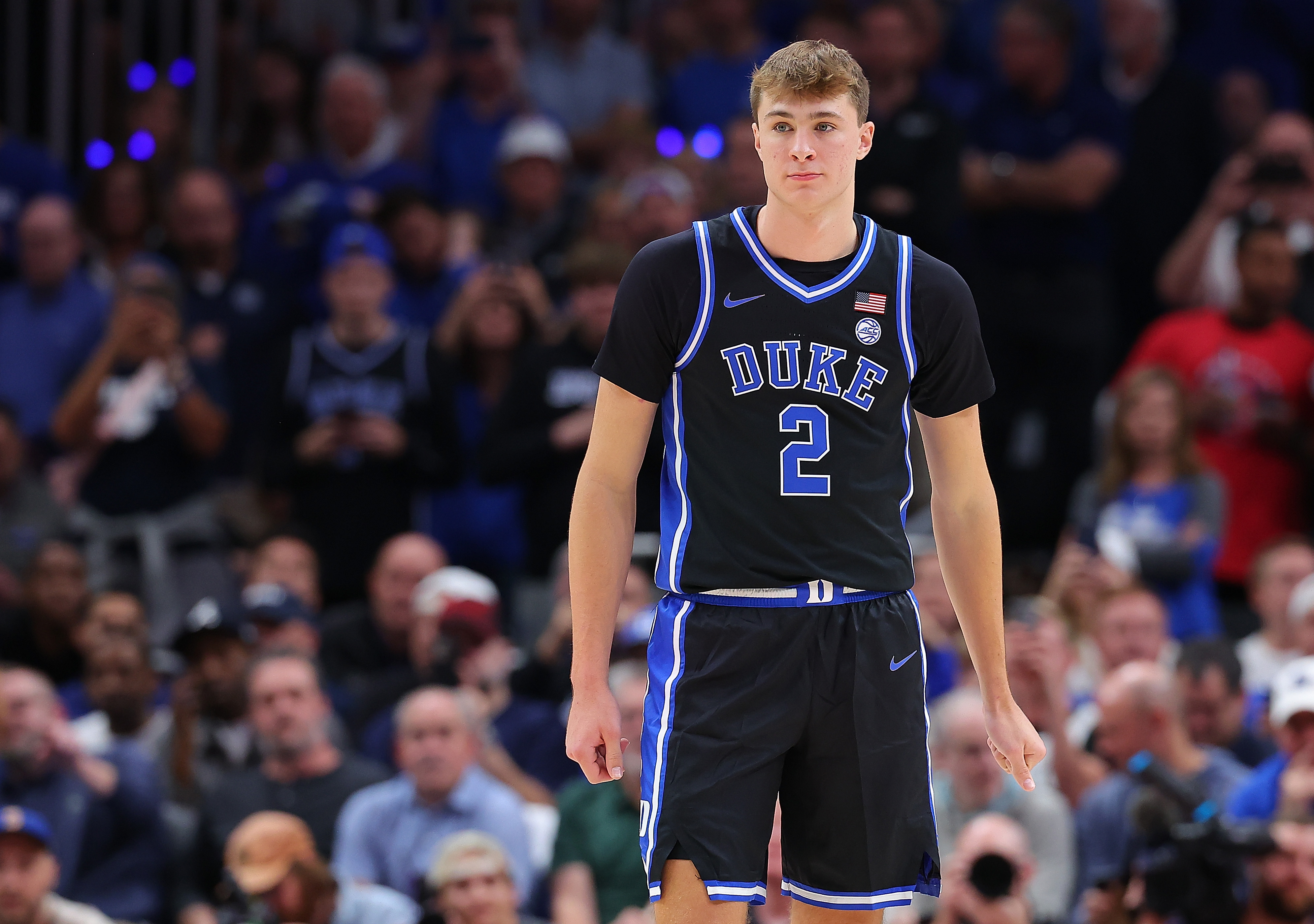For the last 9 years, the Life is Strange franchise has made a name for itself thanks to its touching interactive storytelling, inclusivity, and diversity, and for creating characters that genuinely resonate with gamers worldwide.
Following the success of Life is Strange: True Colors, developer Deck Nine opted to bring back the memorable Max Caulfield, the first game’s protagonist, for a brand new adventure in Life is Strange: Double Exposure.
However, rather than add to Max’s already cemented legacy, Double Exposure unravels the character and the franchise and fails to capture the essence of what makes the series so beloved by focusing too strongly on its mystery instead of its heart and emotional impact.
Life is Strange: Double Exposure screenshots & details
- Price: £49.99/$49.99
- Developer: Deck Nine
- Release date: October 29, 2024
- Platforms: PlayStation 5, Xbox Series S/X, PC and Nintendo Switch
- Reviewed on PlayStation 5
A lackluster narrative that feels way too familiar
 Dexerto/Deck Nine
Dexerto/Deck NineUnfortunately, I struggled to connect with the story of Life is Strange: Double Exposure. While the mystery of Safi’s death is the heart of Max’s journey, it feels like a copy and paste of the first Life is Strange game for all the wrong reasons.
One of the primary examples of this is how Max discovers her powers in both titles. In the first game, Max’s powers unlock after finding her best friend, Chloe Price, murdered. In Double Exposure, this is mimicked almost scene for scene.
Instead, Max’s new best friend, Safiya Llewellyn-Fayyad (better known as Safi), is murdered in the opening moments of Episode 1. Max then unlocks a new aspect of her powers to uncover the mystery of Safi’s death and figure out the culprit.
Its focus made the story of Double Exposure difficult to grasp. Rather than encouraging players to develop genuine connections with each supporting character, Max is always simply sleuthing for intel or gossip like a private investigator in a Murder Mystery title.
What made the franchise unique was its priority of relationship-building over everything else. Double Exposure sheds this pillar and instead makes the mystery so focused that by the end, you barely know the characters outside of the information they provided to help uncover secrets.
Beautiful visuals and animation that raise the bar for the series
Despite the tenuous narrative, the first thing that stood out was the game’s beauty. While the series has always maintained a distinct animation style and has often been limited in its realism, Double Exposure sheds the cartoonish nature of previous entries in favor of a more realistic combination, perfectly upgrading its original style. It is truly a feat for the eyes, especially through the landscapes.
In the game’s nature, environment, and character design, attention to detail elevates Life is Strange: Double Exposure and graphically raises the bar for the series.
 Dexerto/Deck Nine
Dexerto/Deck NineCaledon University, the main location, is also spectacularly brought to life. Deck Nine has set a new standard for graphics, whether it be the subtle shine of the sun creeping in through the piles of snow or the menacing winds that threaten to knock Max off her feet.
Clever gameplay that deserved more fleshing out
 Dexerto/Deck Nine
Dexerto/Deck NineInstead of being able to rewind time, Max can now slip between two different timelines one in which Safi is dead and another in which she’s still alive.
Despite beginning the game with no powers, Max quickly learns in Episode 1 that she can “shift” between these two timelines and use her secondary “pulse” ability to sense timeline rifts in the area.
The execution of this mechanic, which is the main gameplay feature, is one of its best parts while also being its downfall. I found it hard to keep up with each timeline, and while Max’s diary and phone served as a way to catch myself up to speed quickly, they were too heavily relied on.
However, the concept of shifting between two parallel timelines felt very at home in a Life is Strange game, combining that reality with a subtle supernatural shine.
Another lacking feature was the ability to take photos using Max’s camera. Naturally, the mechanic is certainly fun, and there are some fabulous photo opportunities littered throughout each Episode. However, I would have liked to see Max’s photography skills take a more prominent role in the actual gameplay rather than being a more cosmetic mechanic.
After all, photography is Max’s primary passion, so it made sense to see that incorporated into the gameplay, over simple cosmetics.
Max Caulfield’s return was a risk that doesn’t fully pay off
 Dexerto/Deck Nine
Dexerto/Deck NineAs someone who has played all the Life is Strange games, I was excited when it was revealed that Max Caulfield would return. After all, it was through her eyes that the series was created; thus, coming back to the character in a brand new setting was an interesting prospect.
However, Life is Strange: Double Exposure fails to justify her return and even retcons pivotal moments from the first installment. Rather than embracing the ending of Life is Strange, Double Exposure does almost everything to distance Max from her original journey.
Max Caulfield is presented as a whole new character; her signature bangs are ripped away in favor of a look much more fitting of a young professional. While she is still her dorky self, albeit a bit more self-assured, Double Exposure left me feeling as though the game would have been able to succeed much better without her.
The most significant way Double Exposure unravels the fabric of the first Life is Strange is through the glaring omissions of Chloe Price. The culminating moment of the first game is whether or not Max saves Chloe and dooms Arcadia Bay or chooses to save the town’s residents at the expense of losing her best friend and love interest.
 Dexerto/Deck Nine
Dexerto/Deck NineWhile it would have been difficult to transfer both endings over to Double Exposure, Deck Nine’s solution to turn Chloe into a series of journal entries and relegate her to the absent ex-girlfriend was a massive oversight from the team. After all, the relationship between Chloe and Max is the most beloved pairing in the franchise.
In saying this, when Double Exposure harkens back to the events of the original and delves into Max’s past and previous battles, her return does feel deserving. Unfortunately, this felt secondary rather than being the focal point of her development and inclusion.
Double Exposure would have been much better off without Max. Its story and direction lend themselves to a new protagonist, and her return taints the legacy of the first game in such a way that it feels impossible to recover from.
Dexerto Review Score: 2/5 – Below Average
Life is Strange: Double Exposure struggles to deliver its narrative and direction. It feels more like a side story than a worthy sequel for Max Caulfield’s second outing.
However, the visual and audio improvements coupled with a unique core gameplay mechanic provide hope that the franchise can steer itself back on track and once again reach the game glory as True Colors, so long as the next entry reclaims what made Life is Strange so special in the first place.
For more information on how we score video games, check out our scoring guidelines here.
 3 weeks ago
3
3 weeks ago
3




















 English (US) ·
English (US) ·